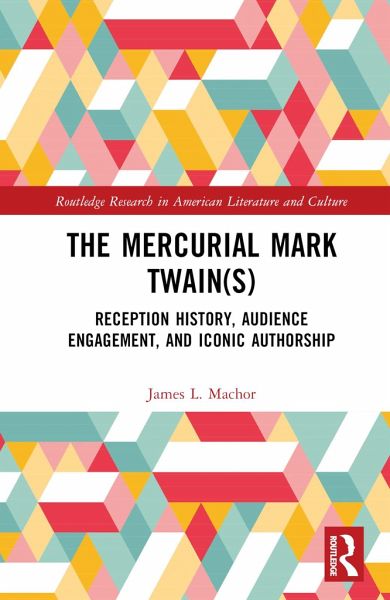
The Mercurial Mark Twain(s)
Reception History, Audience Engagement, and Iconic Authorship
Versandkostenfrei!
Versandfertig in 6-10 Tagen
170,99 €
inkl. MwSt.
Weitere Ausgaben:

PAYBACK Punkte
85 °P sammeln!
Who was Mark Twain? Was he the genial author of two beloved boys books, the white-haired and white-suited avuncular humorist, the realistic novelist, the exposer of shams, the author repressed by bourgeois values, or the social satirist whose later writings embody an increasingly dark view? In light of those and other conceptions, the question we need to ask is not who he was but how did we get so many Mark Twains? The Mercurial Mark Twains(s): Reception History and Iconic Authorship provides answers to that question by examining the way Twain, his texts, and his image have been constructed by...
Who was Mark Twain? Was he the genial author of two beloved boys books, the white-haired and white-suited avuncular humorist, the realistic novelist, the exposer of shams, the author repressed by bourgeois values, or the social satirist whose later writings embody an increasingly dark view? In light of those and other conceptions, the question we need to ask is not who he was but how did we get so many Mark Twains? The Mercurial Mark Twains(s): Reception History and Iconic Authorship provides answers to that question by examining the way Twain, his texts, and his image have been constructed by his audiences. Drawing on archival records of responses from common readers, reviewer reactions, analyses by Twain scholars and critics, and film and television adaptations, this study provides the first wide-ranging, fine-grained historical analysis of Twain's reception in both the public and private spheres, from the 1860s until the end of the twentieth century.














